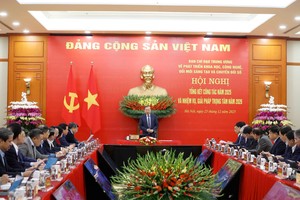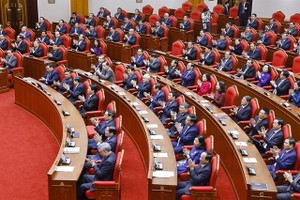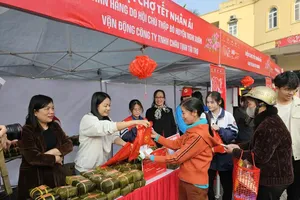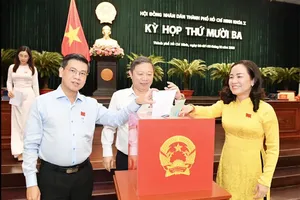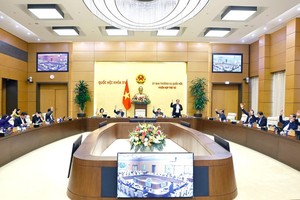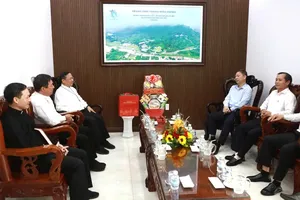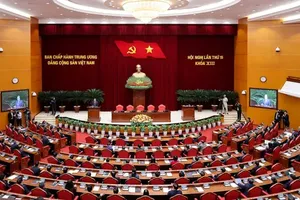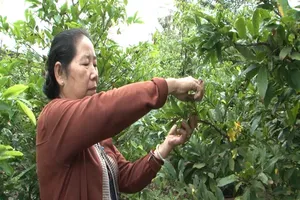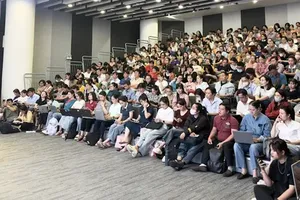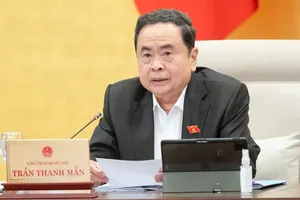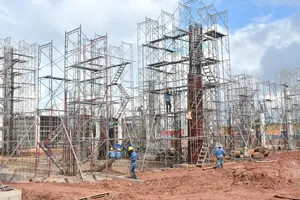HA NOI (VNS)— Leaders of State-owned enterprises have pledged to implement schedules for equitisation of enterprises by 2015 in accordance with the Government's announced plans. However, they still expect the State to be the majority shareholder in the enterprises.
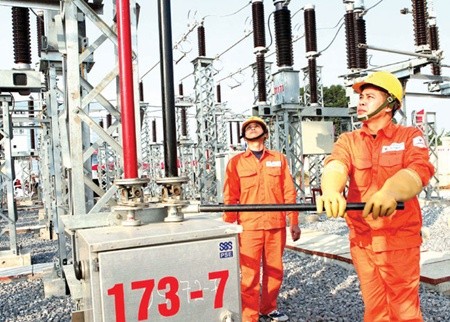
Many State-owned enterprises said that they have promoted implementation of steps to equitise the enterprises as scheduled. However, the equitisation activities have been not done as expected.
Le Van Tuan, general director of the Viet Nam Machine Installation Corporation (Lilama), said the Prime Minister has approved its equitisation plan and that it must be finished in 2015, reports Tuoi Tre online newspaper.
Tuan said Lilama has set up a division to prepare the necessary procedures for the equitisation process. Investment in non-core businesses has not had much effect on the equitisation process, but the corporation must collect debts from some projects to implement the equitisation activities.
Tuan said that Lilama would still ensure that the equitisation is done as per the plan.
Ha Hung, general director of the Civil Engineering Construction Corporation No 5 (Cienco 5), said the Prime Minister has approved its equitisation plan also and the state would hold 35 per cent of Cienco 5 shares after equitisation, as expected by the enterprises.
Cienco 5 has hired a consulting firm and expects to complete the necessary procedures in the first quarter this year.
However, the timing of the initial public offering (IPO) must be considered carefully to ensure the maximum efficiency in offering its shares, Hung said.
A representative of the Viet Nam Cement Industrial Corporation (Vicem) said Vicem expects to finish its equitisation process in 2015.
At present, Vicem is withdrawing its capital from some joint ventures. Then the corporation will find strategic partners and choose a suitable time to offer IPO shares in the market, the representative said.
The representative also said the State would still be the majority shareholder at Vicem because many foreign investors want to enter the local cement market. The market would succumb to the foreign investors if the state is not the majority shareholder, he added.
Meanwhile, Tran Quang Nghi, general director of the Viet Nam Textile and Garment Group (Vinatex), said the company has prepared for its equitisation programme and has promoted it at its member companies.
Now, Vinatex is waiting for the Government's approval of the percentage of shares for foreign strategic investors out of the 49 per cent of shares. That means the state holds 51 per cent of the corporation's shares after equitisation.
Economic expert Le Dang Doanh said many industries in Viet Nam are considered sensitive ones, such as textiles, garment and cement, but globally, they are not sensitive sectors. So it is not necessary for the State to hold 51 per cent of the shares in enterprises.
The enterprises should sell more shares to investors to attract more investment at home and abroad, renew the management, improve the competitiveness and efficiency of state-owned enterprises, Doanh said.
Equitisation should focus on attracting good strategic investors and on having large targets to take full advantage of capital, market and management in the world and increase efficiency in production and business, he said.
